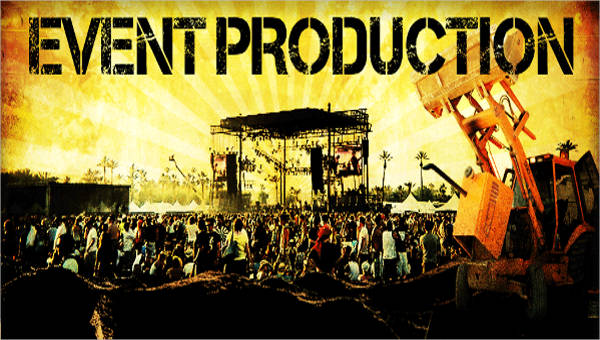Within recent times, digital VR has emerged as potent tool for boosting viewer involvement in real-time performances. This technology allows audiences to submerge themselves in a 3D environment, creating a unique encounter that conventional formats cannot easily replicate. By using VR, creators can move viewers into the core of the action, making them sense as if they are integral of the show. This groundbreaking approach not only captivates viewers but also opens up new opportunities for narrative and engagement.
A of the primary advantages of using VR in live performances is the capability to forge a greater engaging experience. Audiences can engage with the performance in real-time, shaping the result or discovering different perspectives. For example, in a theater production, viewers wearing VR headsets can select to follow specific roles or segments, allowing them to tailor their encounter. This level of engagement fosters a more profound connection between the audience and the performance, making it more memorable and impactful.
Additionally, VR tools can improve the sight and auditory elements of a live production. With high-quality graphics and sound design, producers can create stunning environments that draw viewers in. This immersive characteristic can elevate the complete encounter, rendering it even more captivating and pleasurable. For example, a musical performance can be transformed into a multi-sensory experience, where fans feel as if they are on in front with the artists. Such improvements not just draw bigger viewers but also encourage repeat viewing, as viewers seek to relive the thrill.

Alongside enhancing viewer involvement, VR can also discover this info here offer insightful data for creators. Through examining how viewers engage with the virtual setting, creators can gather data on audience preferences and behaviors. This information can guide upcoming performances, assisting to customize material to more effectively meet the demands and desires of the audience. As a result, VR not only enhances the present encounter but also adds to the development of real-time productions as a whole.
As the technology continues to advance, the possibilities for VR in real-time performances is immense. Ranging from stage shows and musical events to sports events and festivals, the possibilities are endless. Through adopting this cutting-edge method, creators can transform the way audiences experience live performances. With an increasing number of producers investigate the integration of VR, it is likely that we will see a change in how shows are crafted and presented, ultimately leading to a greater immersive and interactive future for real-time performances.
Comments on “Transforming Spectator Engagement Through Engaging VR Encounters within Live Performances”